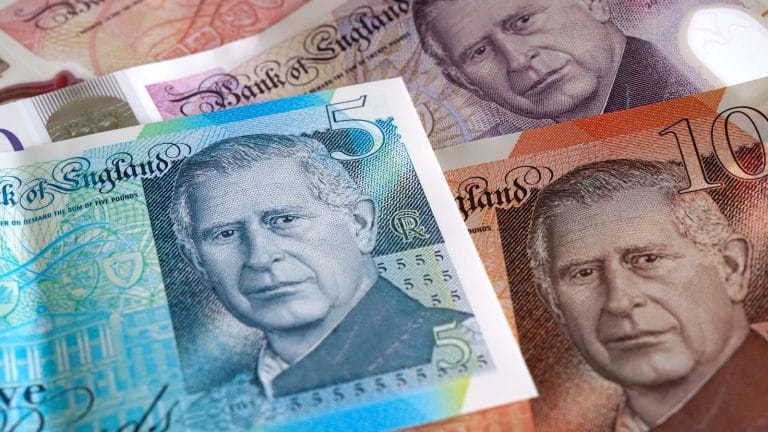🎧 Listen to This Article
A new report by the UK Parliament’s Public Accounts Committee reveals that HM Revenue & Customs (HMRC) lacks a complete picture of how much tax the country’s billionaires actually pay. The cross-party group of MPs warned that HMRC still faces significant challenges in assessing and collecting taxes from the UK’s wealthiest individuals.
Despite raising £5.2 billion in tax revenue from high-net-worth individuals in 2023–24, more than double the £2.2 billion collected in 2019–20, the report concludes that HMRC does not maintain a comprehensive view of individual wealth. This gap hampers efforts to close what MPs call the “wealthy tax gap” and “offshore tax gap.”
Lack of Visibility Raises Policy Concerns
Labour MP Lloyd Hatton, a member of the committee, noted that although HMRC likely knows how many billionaires reside in the UK, it “doesn’t know how much tax they’re paying as a cohort.” He described current gap estimates as “woefully inaccurate, by billions of pounds.”
The committee’s findings arrive amid government discussions on introducing new wealth-focused tax policies to address a growing fiscal shortfall. Last year’s Autumn Budget already included the abolition of the non-dom tax regime and changes to property reliefs, signaling a shift toward increasing contributions from the wealthiest taxpayers.
Committee Calls for AI and Public Data Integration
To modernize its compliance efforts, the committee urged HMRC to incorporate artificial intelligence and machine learning tools into its risk profiling of wealthy taxpayers. It also recommended using publicly available resources such as the Sunday Times Rich List to improve visibility into individual wealth profiles, similar to how the U.S. Internal Revenue Service uses the Forbes 400 list for audit targeting.
HMRC responded by announcing plans to hire an additional 400 tax specialists focused on wealthy and offshore tax cases, as well as boosting prosecutions. However, the committee criticized a steep drop in penalties issued to wealthy individuals, from 1,750 in 2022–23 to just 456 in 2023–24, calling the agency’s current ambitions “underwhelming.”
Wealth Definition and International Tools
In the UK, a “wealthy individual” is defined by HMRC as someone earning over £200,000 or owning assets exceeding £2 million in any of the past three years.
Tax experts suggest that existing international tools, such as the OECD Common Reporting Standard, which mandates automatic cross-border sharing of bank account data, already give HMRC and global authorities considerable insight into offshore wealth. Phineas Hirsch, a partner at Payne Hicks Beach, noted that AI could significantly accelerate authorities’ ability to process this data. “It is inevitable that AI will speed up the ‘joining of the dots’ on foreign assets,” he said.
As scrutiny of the ultra-wealthy intensifies, the report underscores the need for a more robust, data-driven tax enforcement strategy. This is especially important as fiscal pressures grow and political appetite for wealth taxation increases.
For further details, clarification, contributions, or any concerns regarding this article, please get in touch with us at editorial@tax.news. We value your feedback and are committed to providing accurate and timely information. Please note that our privacy policy will handle all inquiries.



